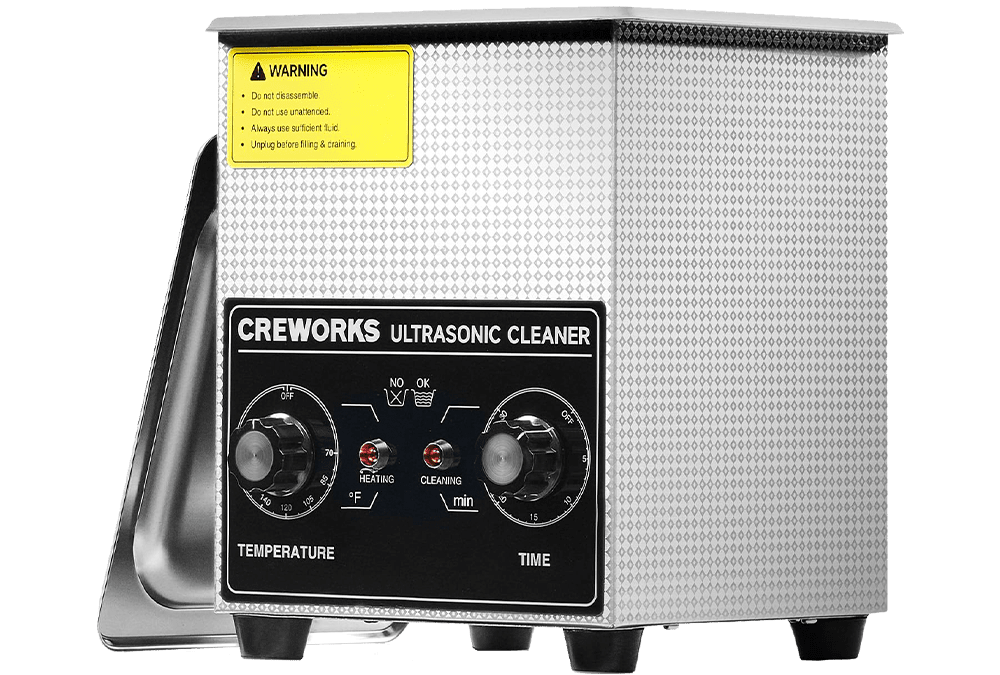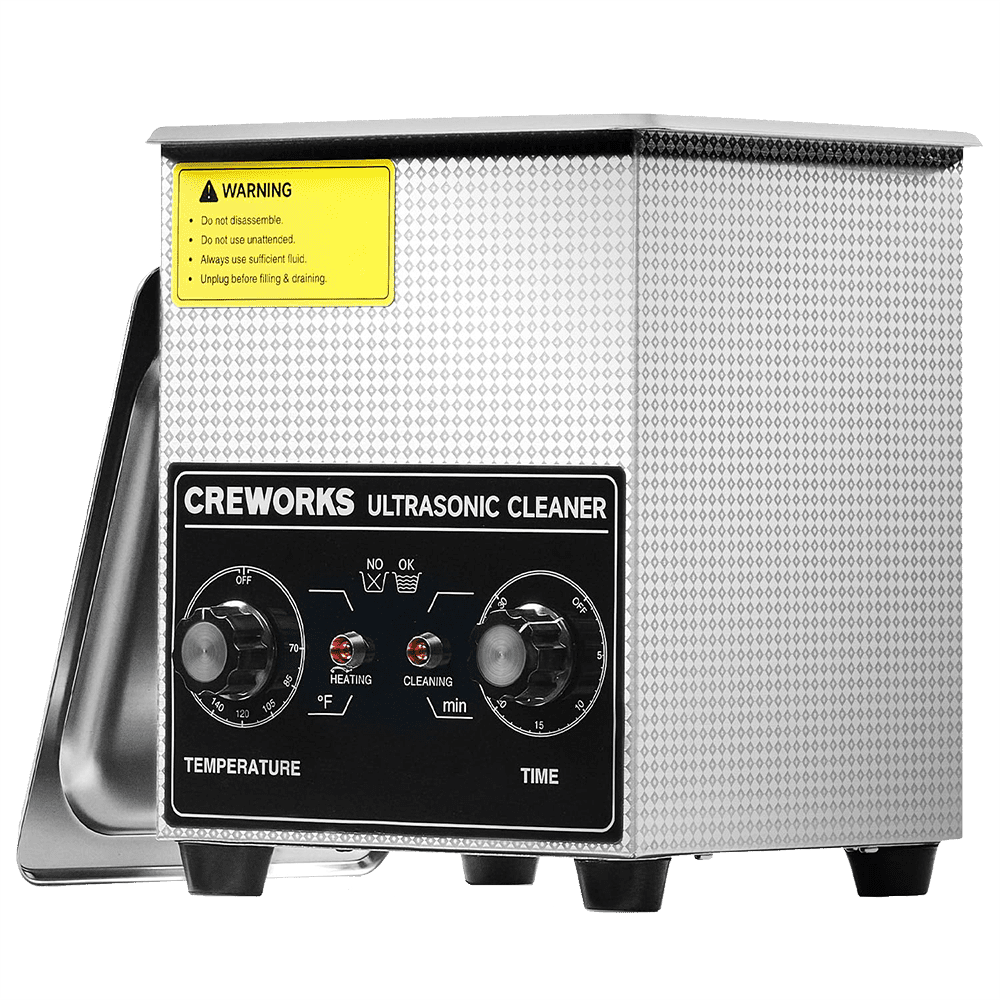
Sonic Cleaner
Sonic Cleaner
Effective Cleaning for Resin Prints with Sonic Cleaners
Cleaning resin prints from your 3D printer has always been a challenging and complex topic. Many users have varying opinions and methods on what works best and what is safe. It’s essential to research and make an informed decision on the cleaning solution that suits your needs. Personally, I have been using sonic cleaners with isopropyl alcohol for years, and I find them to be incredibly effective.
Using Isopropyl Alcohol and Sonic Cleaners
While some may express concerns about using isopropyl alcohol in sonic cleaners, my experience has been positive. I have used three 2-liter sonic cleaners daily for many years without any safety issues, including spontaneous combustion. However, it is crucial to maintain good ventilation and use the lid on your sonic cleaner to mitigate air quality concerns. A popular method to enhance safety involves filling the sonic cleaner with water and placing the isopropyl alcohol and resin prints inside a Ziploc bag. This method isolates the isopropyl from the electronic components of the cleaner, offering a safer approach.

Benefits of Sonic Cleaners
Sonic cleaners provide a thorough clean, especially for hollow prints. Unlike other cleaners that only swirl water, sonic cleaners can effectively clean both the inside and outside of prints. This comprehensive cleaning is vital since resin is toxic and ensuring prints are thoroughly cleaned is crucial. Recommended Cleaning Process
For the best results, I recommend a multi-stage cleaning process. While my setup includes three sonic cleaners, you can achieve similar results with two or even one cleaner by performing multiple baths.
Dirty Bath: The first bath removes the bulk of the resin.
Medium Bath: The second bath helps break up any remaining residue.
Clean Bath: The final bath ensures the prints are perfectly clean with minimal cloudiness in the isopropyl.
If you’re using the Ziploc bag method, you can still achieve a thorough clean with one sonic cleaner by performing multiple baths in the same cleaner. Choosing the Right Sonic Cleaner
Isopropyl alcohol degrades plastic quickly, so it’s important to choose a sonic cleaner made of stainless steel with minimal plastic parts. Avoid cleaners with film buttons, as the isopropyl can damage these components over time. Instead, opt for cleaners with bulky knobs and, if possible, a timer with an audible bell. I’ve linked below the sonic cleaners I currently use. I own three 10-liter units, but a single 2-liter unit is sufficient for most hobbyists. Using the Ziploc bag method, you can still achieve a three-bath process for perfectly clean models every time.